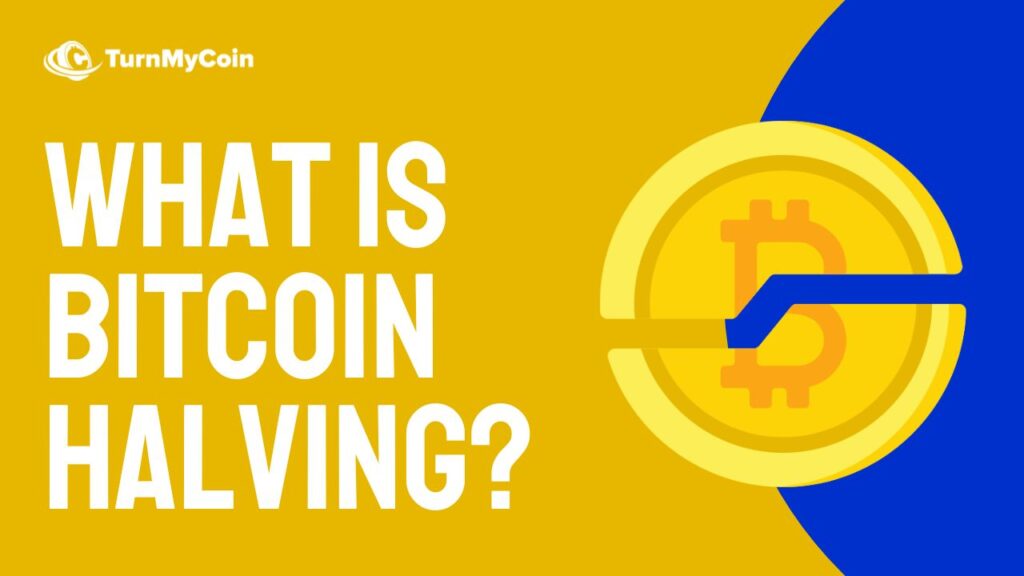Last updated on August 24th, 2024 at 08:21 am
Introduction
A halving is a critical event on the Bitcoin network, in which the supply of new bitcoins—and the incentive for mining them—is slashed in half.
Each halving slows the rate of inflation, pushing the Bitcoin price upward. Bitcoin miners, or users who utilize their computers (more specifically Application-Specific Integrated Circuit [ASIC]) to engage in Bitcoin’s blockchain network as transactional processors and validators, will receive 3.125 bitcoins (BTC) for each successful block mined after April 2024.
- 1. What is Bitcoin Halving?
- 2. How does Bitcoin Halving work?
- 3. Why does Bitcoin Halving matter?
- 4. What Happens When Bitcoin Is Halved?
- 5. What are the Consequences of a Bitcoin Halving?
- 6. Bitcoin Halving Timeline: Bitcoin Halving Dates
- 7. Why are halvings occurring less frequently than every four years?
- 8. Is the Bitcoin Price affected by the Halving?
- 9. Is Bitcoin Halving good or bad?
- Summing up
1. What is Bitcoin Halving?
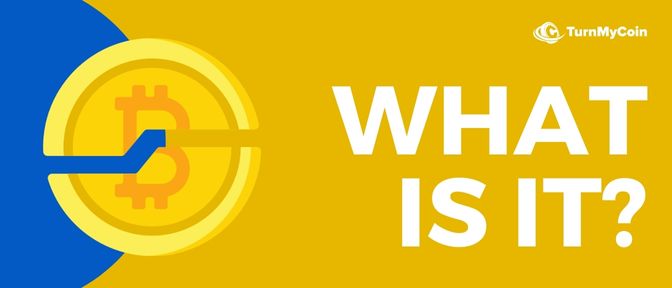
The block reward provided to Bitcoin miners for transaction processing is cut in half every 210,000 blocks generated or roughly every four years.
This is known as halving because it reduces the rate at which new bitcoins are introduced into circulation by half. This is Bitcoin’s method of imposing artificial price inflation until all bitcoins are released.
This rewards scheme will continue until the intended limit of 21 million coins is achieved around the year 2140. At that moment, miners will be rewarded with fees for executing transactions, which network users will pay. These fees guarantee that miners continue to have the incentive to mine and maintain the network.
The halving event is crucial because it represents another decrease in the rate of new Bitcoin production as it approaches its finite supply. The total amount of bitcoins is limited to 21 million.
As of late August 2022, there are approximately 19.1 million bitcoins in circulation. Only approximately 1.9 million remain to be released through mining awards.
The reward for each block generated in the chain in 2009 was 50 bitcoins. Following the initial halving, it was 25, then 12.5, and finally 3.125 bitcoins per transaction as of April, 2024. To put this in context, consider cutting the amount of gold taken from the Earth in half every four years.
Suggesting Reading: Ultimate 9 questions about Bitcoin & How it can change your life.
2. How does Bitcoin Halving work?
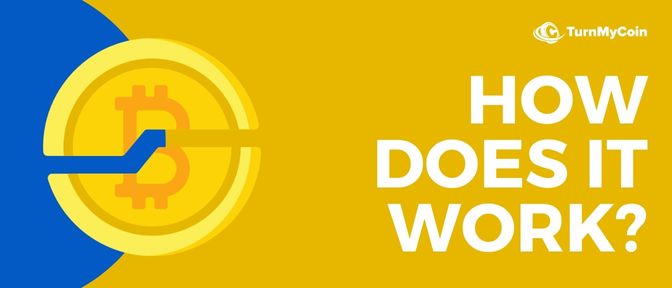
To comprehend how Bitcoin halving works, you must first understand how cryptocurrency is generated.
Bitcoins are created through a decentralised system in which miners employ high-powered computer systems. It addresses cryptographic problems in order to verify transactions on the Bitcoin record, known as the blockchain. In exchange, they get compensated in the form of newly produced bitcoins.
Bitcoin mining is a form of competition. Miners are competing to be the first to add new blocks to the network. As a reward for each new block added, they receive a set number of fresh bitcoins. Bitcoin’s creator designed the block reward to be slashed in half at regular intervals.
For every 210,000 blocks added, the payout for mining a block is cut in half. Because it presently takes four years to add so many blocks, Bitcoin halving has occurred at four-year intervals.
In May 2020, the third and most recent halving occurred. The upcoming events are set for 2024. Theoretically, no more bitcoins will be created after the first 21 million have been created.
According to Buchi Okoro, CEO of Quidax,
“There is a finite number of Bitcoin, just as there is a limited supply of gold on Earth.” “Bitcoin is so commonplace online that you could almost call it a natural resource.
This clearly explains why it is often termed as “digital gold.”
3. Why does Bitcoin Halving matter?
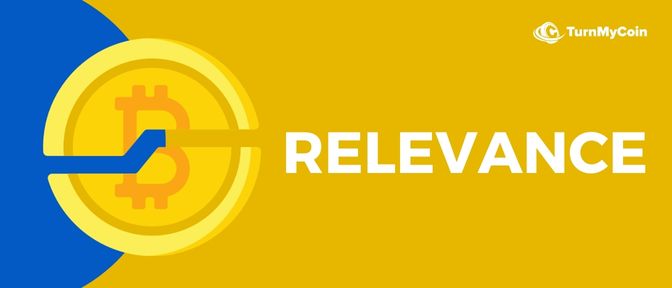
The Bitcoin mining program looks for fresh blocks every 10 minutes. As more miners connect to the network and add hashing power, the time it takes to find transactions will decrease.
The mining difficulty is changed once every two weeks or so to reestablish a 10-minute objective. As the Bitcoin network has grown considerably over the last decade, the average time to discover a block has consistently remained below 10 minutes (approximately 9.5 minutes).
The quantity of Bitcoin is limited to 21 million units. When the overall amount of BTC reaches 21 million, the production of new BTC will cease. The halving of Bitcoin ensures that the amount of Bitcoin that can be mined for each block decreases over time. It makes BTC more scarce and precious.
The urge to mine Bitcoin would logically drop after each halving. On the other side, Bitcoin price increases following reward halvings encourage miners to continue mining additional coins even though their incentives have been reduced by half.
Miners are motivated to keep mining as prices climb. Miners, on the other side, may lose the incentive to issue more Bitcoin if the digital currency’s price does not rise and block bonuses are cut.
Bitcoin mining is a time-consuming and costly process. It requires a lot of computer electricity and power. Therefore, Bitcoin mining is often referred to as Anti-Eco Friendly.
4. What Happens When Bitcoin Is Halved?
If a halving does not raise demand and price, miners will have little motivation to mine. The reward for processing the transaction would be reduced, and the value of Bitcoin would be insufficient.
To prevent this, Bitcoin provides a procedure for changing the difficulty of obtaining mining rewards or the difficulty of mining a transaction. To keep miners engaged, the complexity of mining will be modified if the reward is cut in half.
But the worth of Bitcoin does not increase. This indicates that the number of bitcoins issued as a reward remains low. But the complexity of processing a transaction has decreased. This procedure has proven to be effective on two occasions.
So far, the consequence of these Bitcoin halvings has been a price increase followed by significant depreciation. However, the crashes that followed these advances kept prices higher than before the halving events.
As previously stated, the value of a bitcoin rose to over $19,000 during the 2017 to 2018 boom, only to collapse to around $3,700. This is a significant decline, but the price of a bitcoin before the halving was over $650.5.
Although this approach has been successful thus far, the halving is usually accompanied by a great deal of speculation, hype, and volatility, and how the marketplace will respond to these occurrences in the future is unpredictable.
The third halving occurred not just during a global epidemic but also amid greater regulatory scrutiny, institutional investment in digital assets, and celebrity hype. Given these extra influences, it is unknown where Bitcoin’s price will eventually settle in the aftermath.
Suggested Reading: Attractive Ways To Earn Interest On Bitcoin
5. What are the Consequences of a Bitcoin Halving?
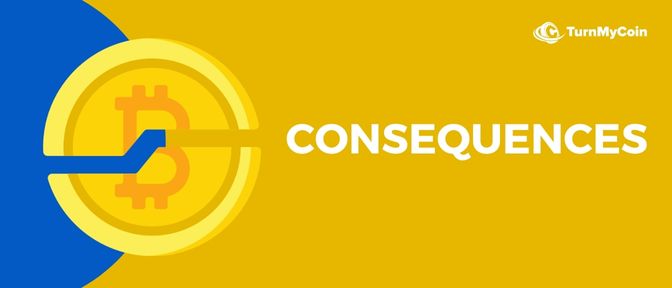
Because halving a Bitcoin is a huge event, it has a considerable impact on various parties involved in the Bitcoin network. Here’s a rundown of how the Bitcoin halving affects key players and hot topics in the bitcoin community.
Investors
Due to reduced supply and increasing demand, halving often results in higher cryptocurrency prices, which is excellent news for investors. In expectation of the halving, trading volumes on the cryptocurrency’s blockchain intensify.
However, as previously proven, the rate of price increases varies depending on the logistics and conditions of each price halving.
Miners
Mining has a complicated effect on the Bitcoin ecosystem. One way is that as there is less bitcoin available, there is a rise in demand and price.
However, fewer payouts can make it difficult for solitary miners or small mining operations to survive in the Bitcoin ecosystem because they may struggle to compete with huge mining companies.
Studies show that the mining capacity of Bitcoin grows in the opposite direction to its value. If a result, as the price of the cryptocurrency rises, so does the number of miners in its system, and vice versa.
A halving event is distinguished by an increase in price and can raise the likelihood of a 51% attack on Bitcoin’s network since miners leave the network, making it less secure.
6. Bitcoin Halving Timeline: Bitcoin Halving Dates
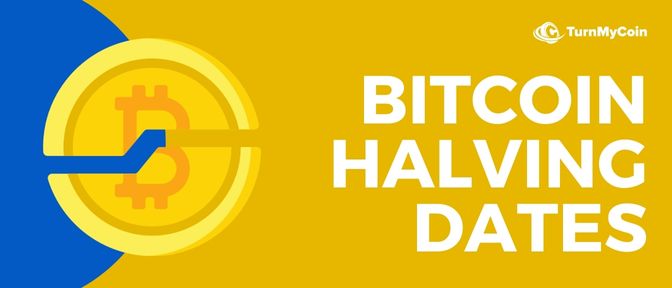
| Halving Date | Number of Bitcoins in Circulation | Block Height | Block Rewards |
|---|---|---|---|
| January, 2009 | 0 | 1 (Genesis Block) | 50 |
| November, 2012 | 10.5 Million | 210,000 | 25 |
| July, 2016 | 15.8 Million | 420,000 | 12.5 |
| May, 2020 | 18.4 Million | 630,000 | 6.25 |
| 2024 | 19.7 Million | 840,000 | 3.125 |
| 2028 | 20.3 Million | 1,050,000 | 1.5625 |
On November 28, 2012, the first Bitcoin halving happened, when a total of 10,500,000 BTC had been generated.
The following occurred on July 9, 2016, and the most recent occurred on May 11, 2020. The next one is scheduled for early 2024.
7. Why are halvings occurring less frequently than every four years?
The Bitcoin mining algorithm is programmed to look for new blocks every 10 minutes. Nevertheless, as more miners join the network and contribute more hashing power, the time it takes to find blocks will shorten.
To re-establish a 10-minute objective, the mining difficulty (or how difficult it is for a system to solve the mining method) is reset once every two weeks or so. The average time to locate a block has constantly remained below 10 minutes (roughly 9.5 minutes) as the Bitcoin system has grown dramatically over the last decade.
8. Is the Bitcoin Price affected by the Halving?
Since its inception in 2009, when it traded for pennies or dollars, the price of one bitcoin has climbed gradually and considerably, reaching over $63,000 in April 2021.
Because halves the block reward effectively doubles the expense to miners, who are basically bitcoin producers, it should have a beneficial impact on price because producers will have to increase their selling price to cover their costs. According to empirical research, the price of bitcoin tends to increase months in advance of a halving.
9. Is Bitcoin Halving good or bad?
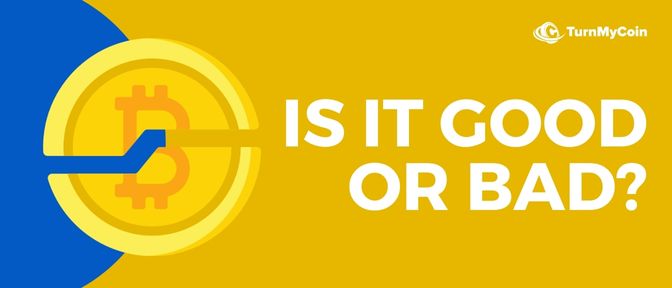
Bitcoin halving has supporters. According to others, halving is one of the reasons Bitcoin still has worth. For the first time, a kind of money that is severely deflationary and has a set supply limit has been produced (only 21 million bitcoins will ever exist).
Some claim that Bitcoin is the “hardest” money ever created, implying that it is difficult to manufacture and has a limited supply.
Bitcoin is sometimes likened to gold in this regard. Gold must also be mined and is in short supply. However, Bitcoin is unrelated to the price or supply of gold, and it is not considered a valuable metal. And the volatility connected with Bitcoin’s price has nothing to do with gold.
Summing up
Bitcoin halving causes artificial price inflation in the cryptocurrency network and reduces the rate at which new bitcoins are brought into circulation by half. The rewards system is intended to last until 2140 when the proposed 21 million bitcoin maximum is reached. After that, miners will receive payment for handling transactions.
The reward for each block produced in the chain in 2009 was 50 bitcoins. Following the initial halving, it was 25, then 12.5, and finally 6.25 bitcoins per block as of May 11, 2020.
The halving of Bitcoin has significant ramifications for its network. Investors might expect a price increase in the days leading up to and following the halving. Independent miners and tiny outfits may drop out of the mining environment or be taken over by larger entities, resulting in consolidation in their ranks.
